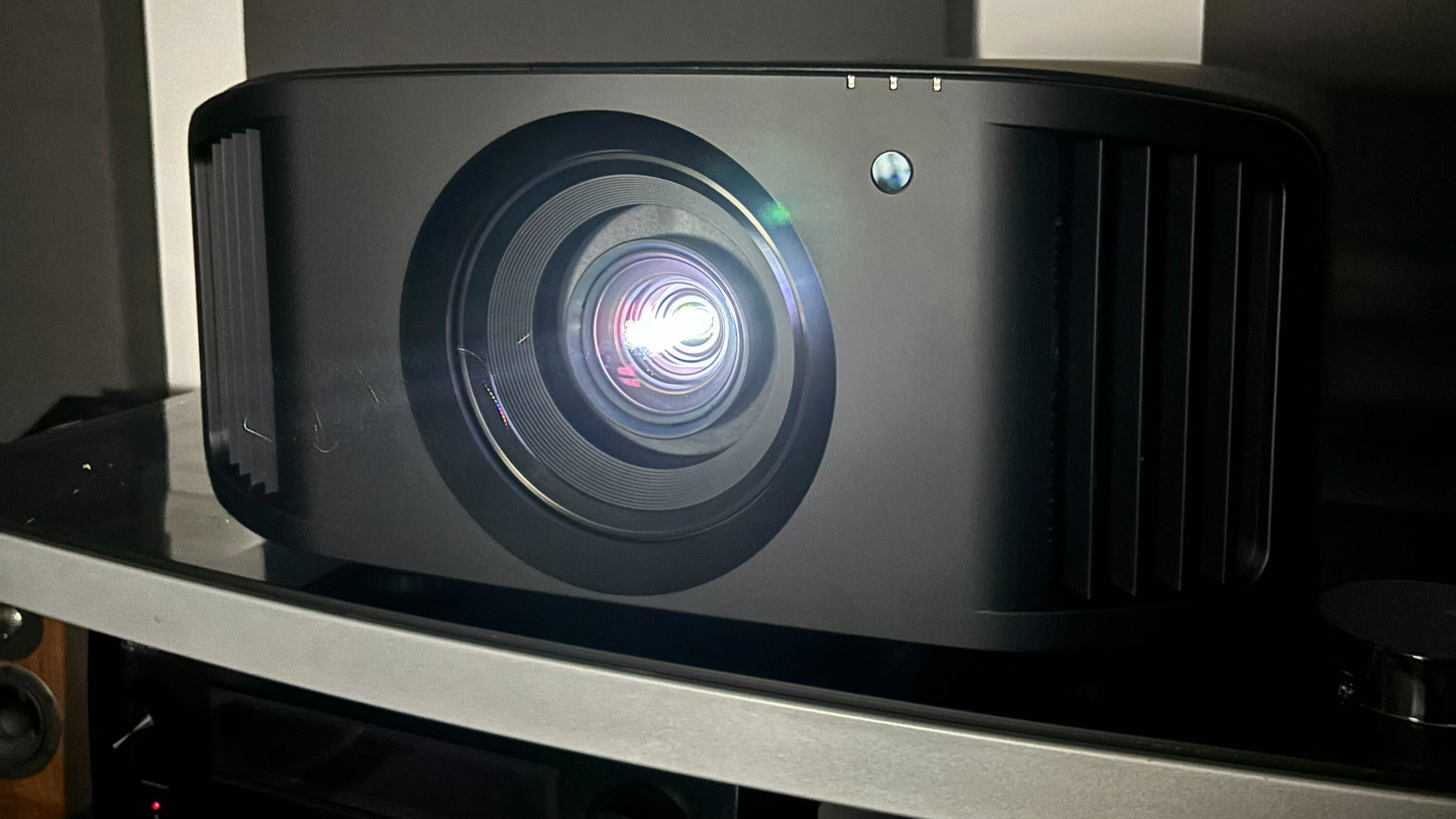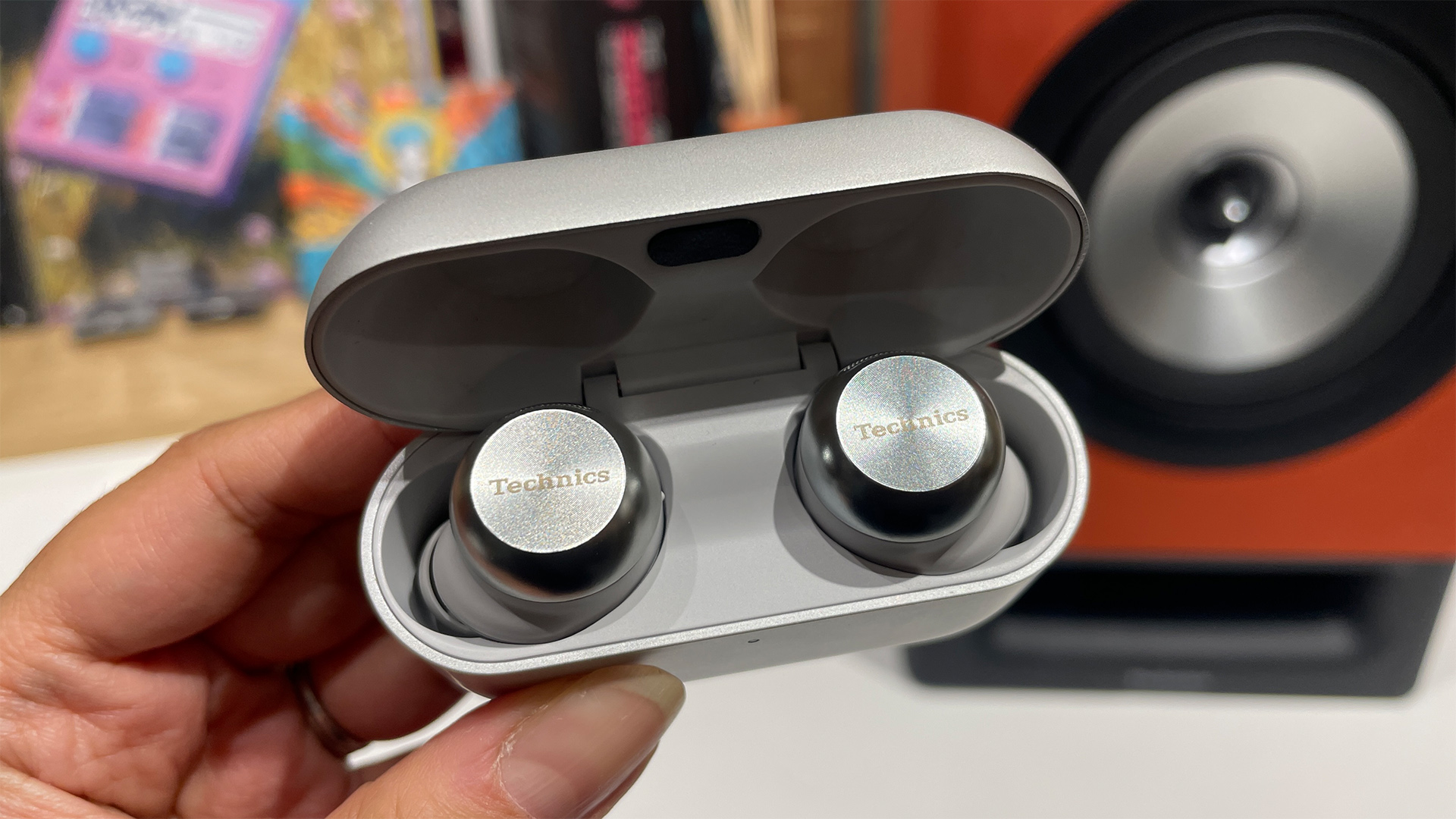I've figured out how much you need to spend on a projector for it to be better than the cinema – and it's a lot
If you're serious about home cinema, then you better be willing to pay

For the last week, I've been involved in the testing of JVC's latest high-end home cinema projector, and it taught me an unavoidable truth – if you want a home cinema projector that delivers the full cinema experience, then you need to be willing to shell out some serious cash.
It's hard to say that without sounding like a total snob, and I recognise that I'm privileged to spend time with a lot of high-end home cinema gear without having to spend a penny of my own money, but it's the truth. The JVC DLA-NZ800 (review coming next week as part of our Home Cinema Week event) cemented this view for me. Watching some of my favourite films on this projector was, in some ways, better than when I watched them in the cinema.
Obvious cinema woes aside – noisy patrons and uncomfortable seats, mainly – the real benefit of using these super premium projectors is that they can deliver a better picture experience than you'll get in many cinemas. I watched two of the biggest releases from the past year on this projector, Dune: Part Two and Oppenheimer, and while the IMAX experience reigns supreme for sheer scale, the picture experience on the JVC is a close contender.
Most notably, it's the far superior black depths. This is something that I often find myself complaining about on my frequent cinema trips. In most conventional cinemas it's commonplace to see illuminated greyish hues instead of black, or just a dim and illegible picture that lacks defined dark details. Admittedly, the projectors found in most cinema screens are a far cry from the ones we test, and they're designed to serve a different purpose; however, the performance gap is inescapable.
Dark-coloured suits and the black and white sections of Oppenheimer looked convincingly black with this projector, and were an improvement on when I saw the movie in the cinema. I was convinced I could never watch the film in any other way, due to how good it was in an IMAX, but clearly I was getting ahead of myself; I just needed a very expensive home cinema.
The contrast on display with this projector is what's responsible here, as the bright and dark parts of the image are delivered with precision and impact. This ensures that black depths and dark details are carefully crafted, as well as adding bucket loads of subtle three-dimensional solidity to the image, making me feel like I could reach out and touch whatever is on screen.
Better yet is the level of detail on display. This JVC is capable of 8K via the new eShift X system and, for once, I'm not complaining about 8K. It's an ingenious system that digs out finer details in everything from the Fremen's stillsuits to the granular textures in the sand dunes of Arrakis in Dune: Part Two. There is a clear difference in picture performance, which we'll dig further into in our full review, so I won't spoil the results in full, but the bottom line is that I'm convinced it's a definite improvement over the picture quality found in the majority of cinemas, albeit in a much smaller size.
The latest hi-fi, home cinema and tech news, reviews, buying advice and deals, direct to your inbox.
There are specialist cinemas cropping up with higher specifications, such as the Dolby Cinemas that feature more capable projectors with Dolby Vision HDR support and Dolby Atmos sound systems. However, these are few and far between. The average multiplex will struggle to compete with a projector like this one in my mind.
So let's answer the unavoidable question, how much do you really need to spend on a projector that bests your local big-screen? To be frank, it may well be about £15,000 – which I recognise is a ludicrous figure to most of us, but remember we're talking about serious enthusiast projectors here. You can get a perfectly good picture from a projector that costs a fraction of the JVC DLA-N800's price, and we recommend many models in cheaper price ranges such as the Epson EH-TW9400, yours for around £2500, or the Sony VPL-XW5000ES, which will set you back £5000. However, we're talking about outdoing the cinema here, so the price is expectedly high.
There are already a few options to choose from at this elevated price point. One of our favourite models is the Award-winning Sony VPL-XW7000ES, which currently floats around the £13,000 mark, while the latest model from JVC sits at £16,000, so £15,000 is an average figure. You can, of course, go even further up the chain with the JVC DLA-NZ900, which retails at £26,000. We haven't tried that model yet, although I'm willing to bet it's probably pretty special.
So am I expecting the average person to shell out £15,000 on a projector? Of course not. Thankfully, there are plenty of good projectors to be found at much cheaper prices, as you can see in our round-up of the best projectors. But if money is no object in your quest to create a home cinema that can better the high street cinema experience, then I think this might just be the threshold.
MORE:
Check out our pick of the best projector deals
And read our full Sony VPL-XW7000ES review
Lewis Empson is a Senior Staff Writer on What Hi-Fi?. He was previously Gaming and Digital editor for Cardiff University's 'Quench Magazine', Lewis graduated in 2021 and has since worked on a selection of lifestyle magazines and regional newspapers. Outside of work, he enjoys gaming, gigs and regular cinema trips.
